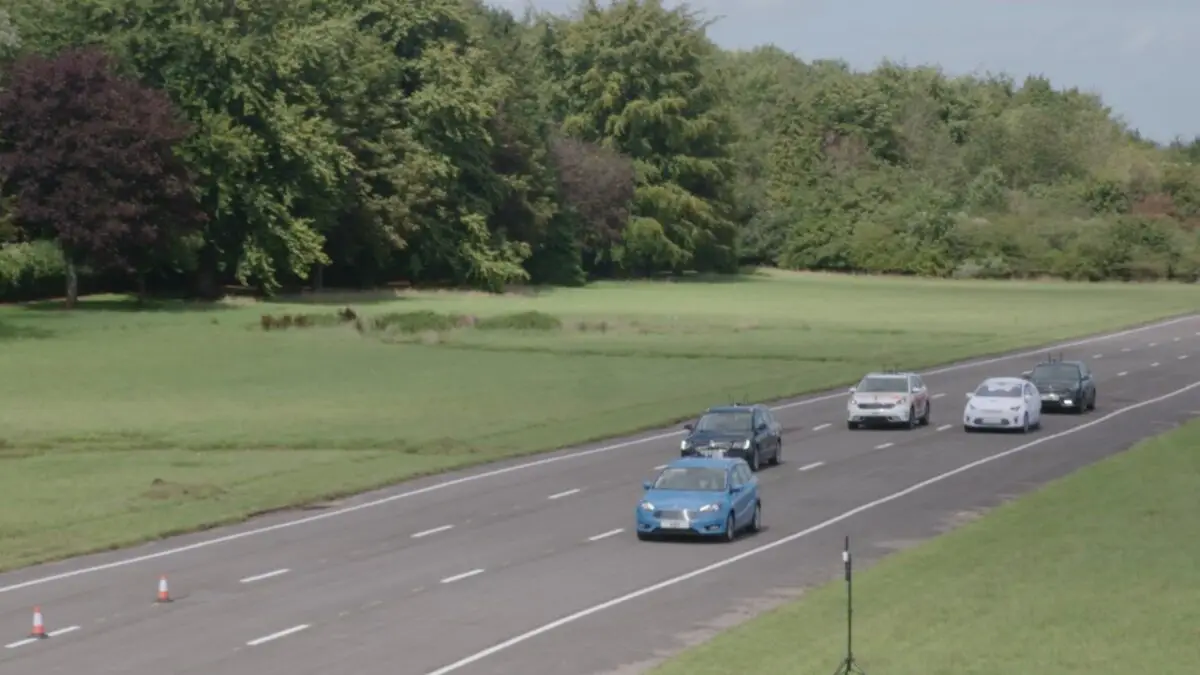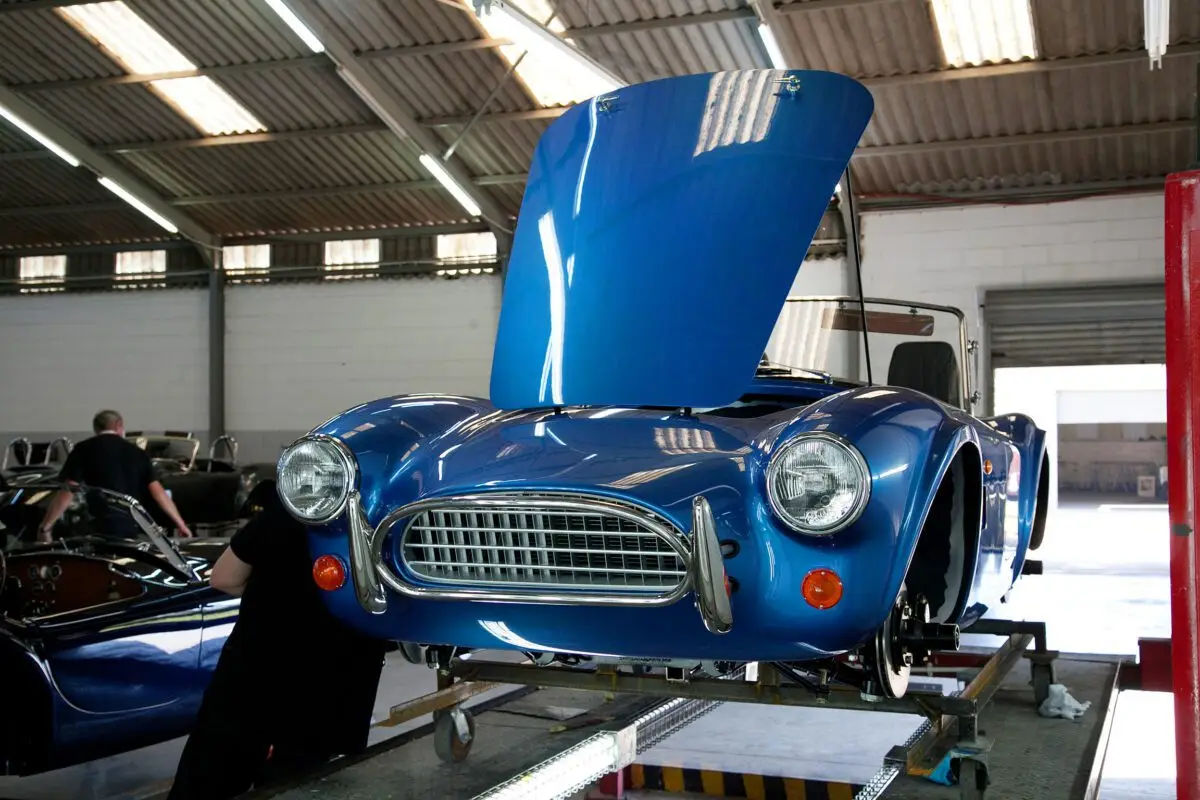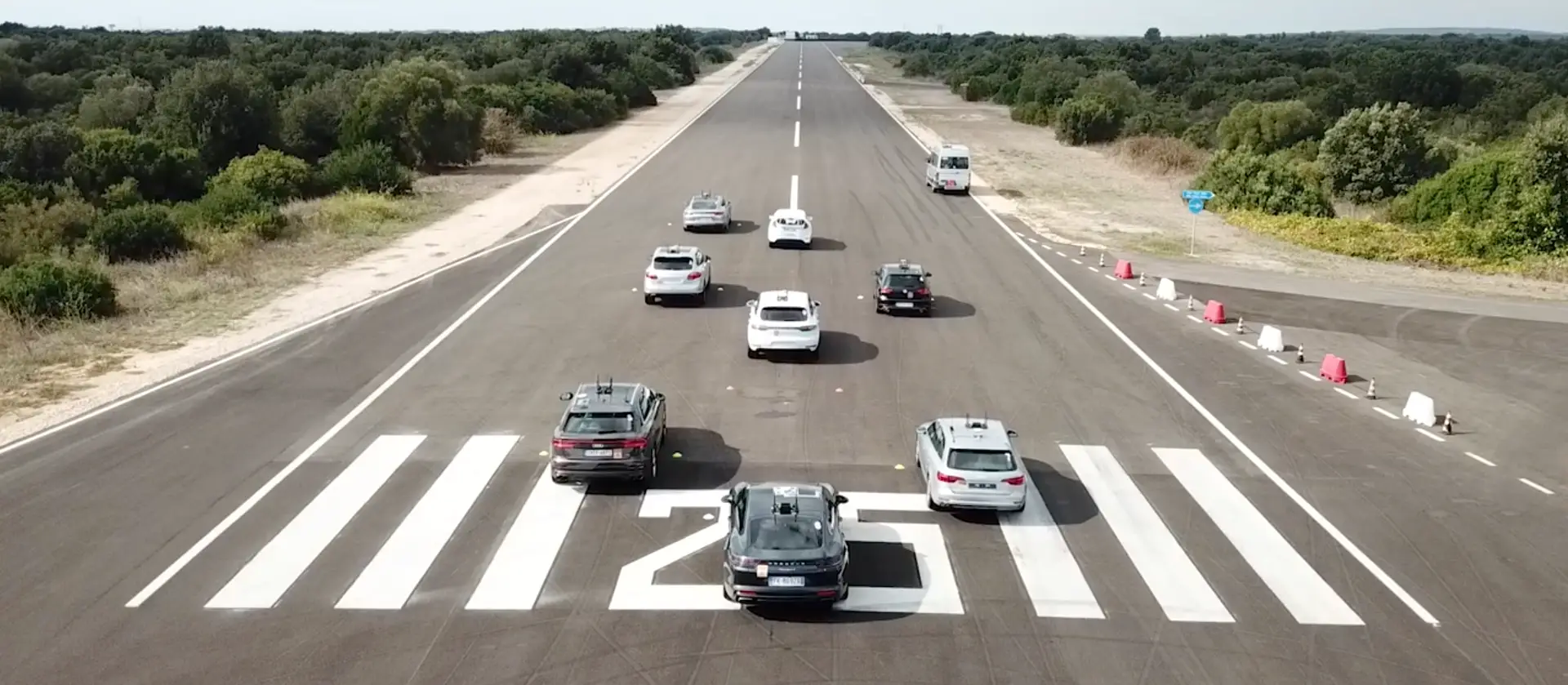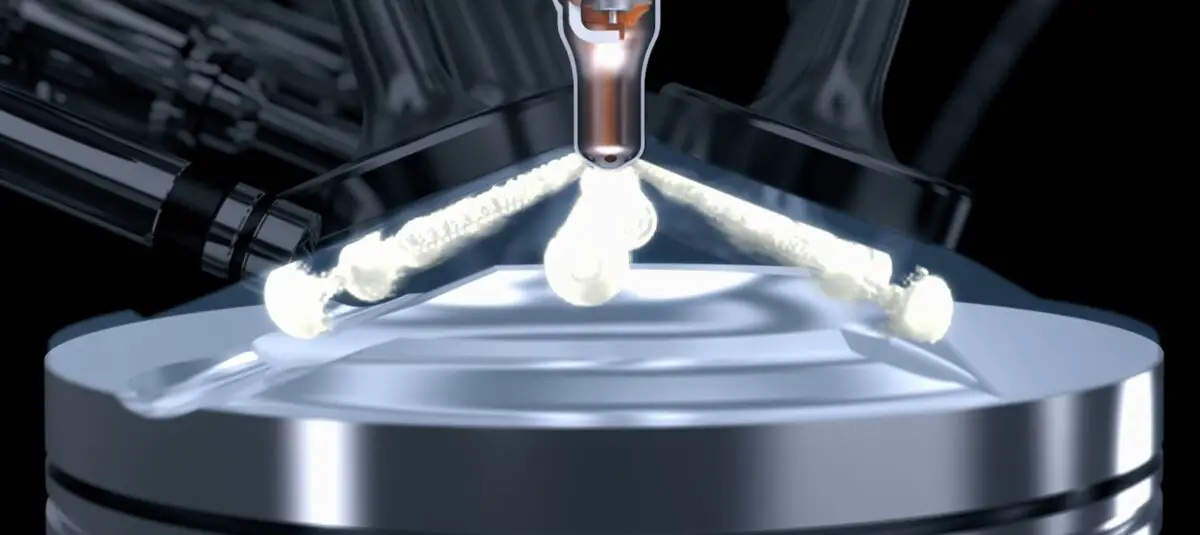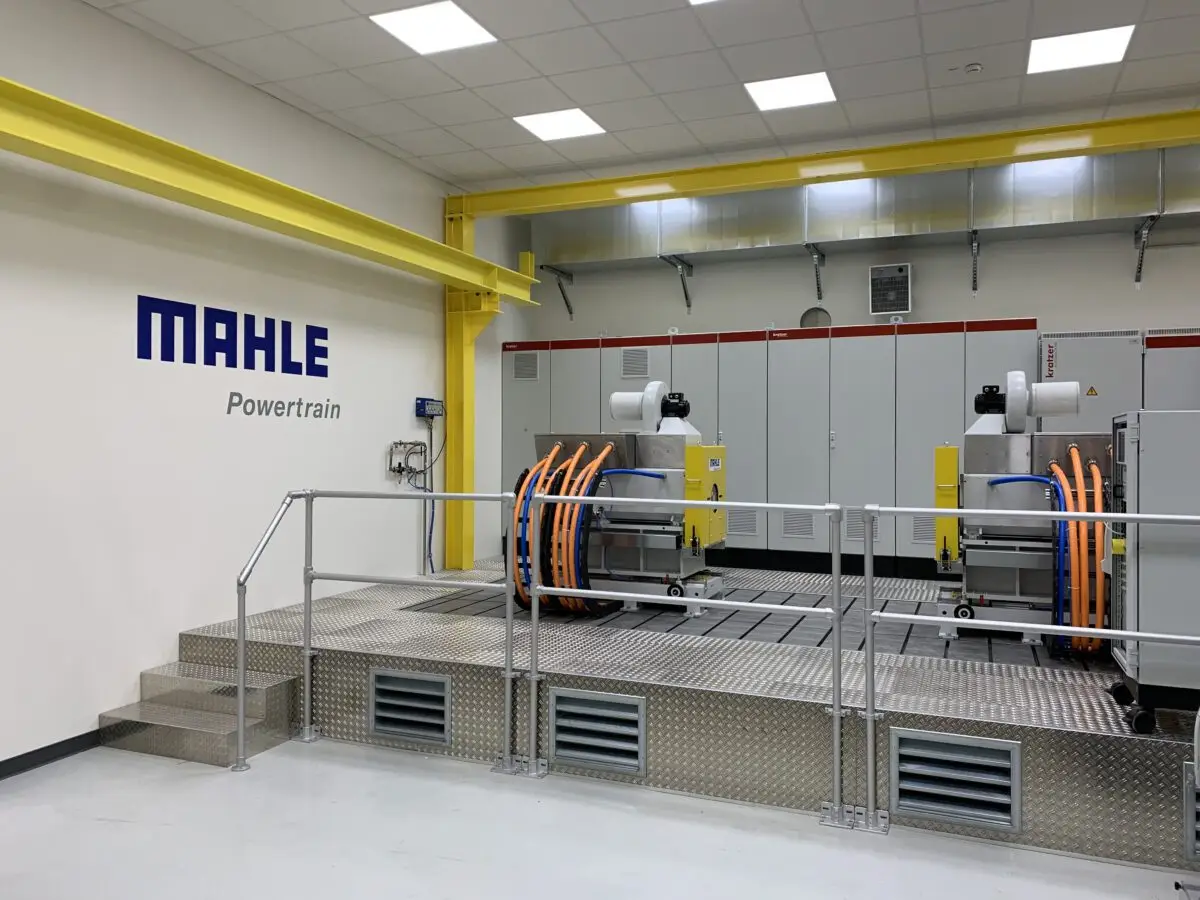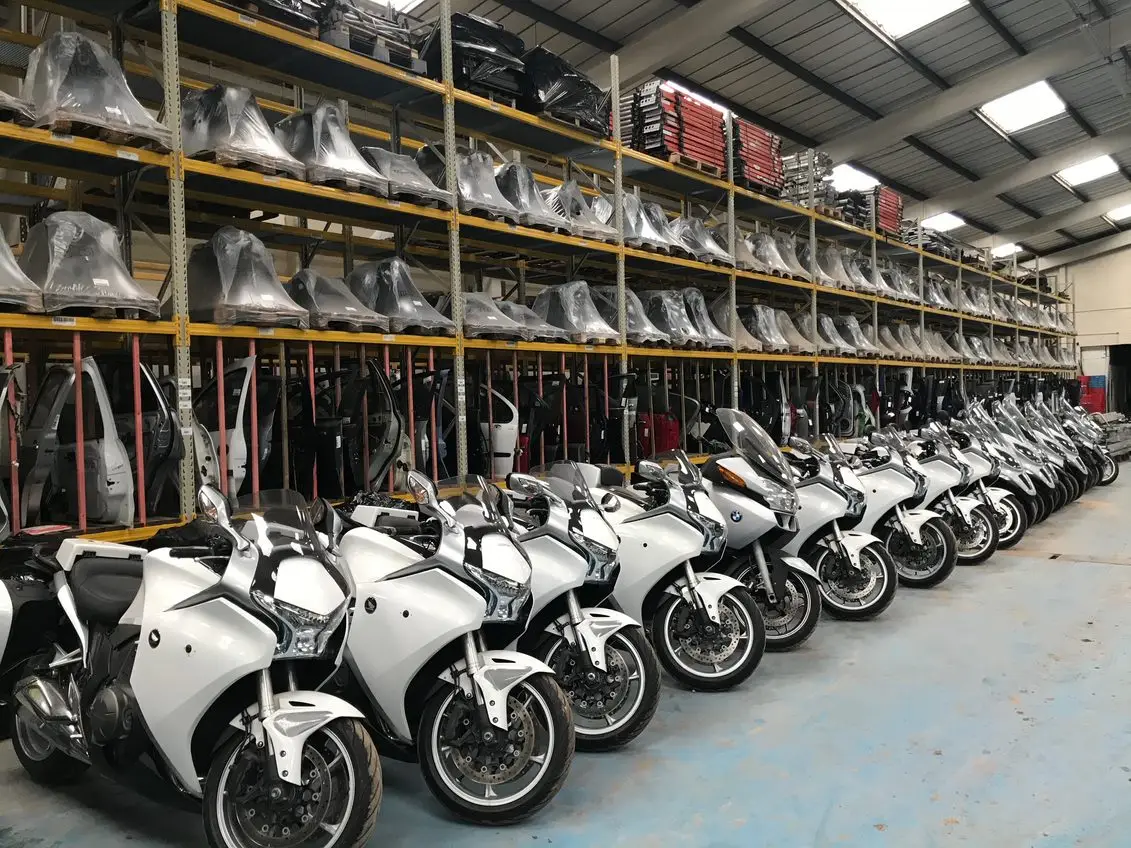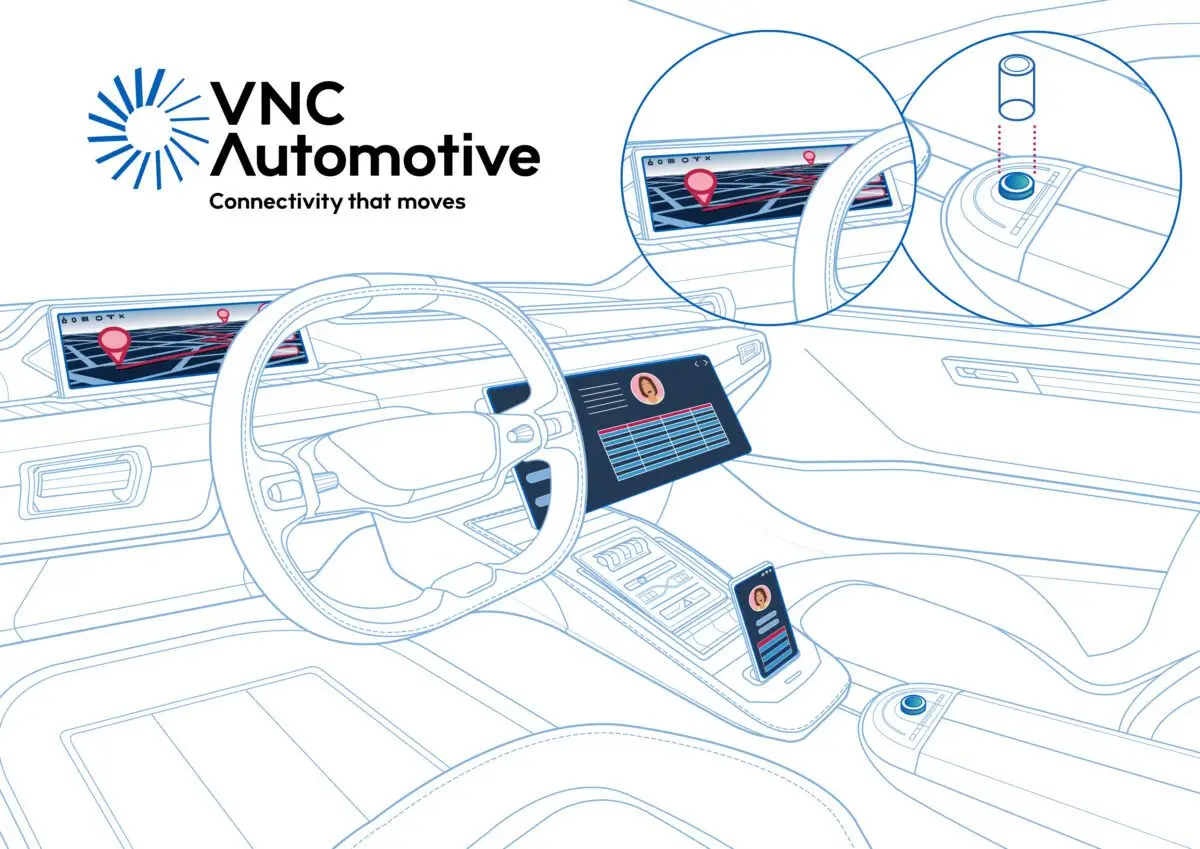• Use of recycled ‘green’ parts cuts force’s vehicle downtime
• Savings of £45k per year achieved, thanks to MyGreenFleet parts supply
• Cash saving and operational benefits boost force in its fight against crime
South Wales Police Force is saving £45,000 a year on fleet maintenance and has drastically cut its vehicle downtime thanks to the use of green parts supplied by SYNETIQ.
The adoption of the ‘green’ policy’ has given the force a welcome cash boost, and also helped it to maximise operational capabilities for its fleet of patrol vehicles.
As a major client of MyGreenFleet since 2017, the use of green parts has become the mainstay of South Wales Police Force’s maintenance strategy.
The use of green vehicle parts supplied by MyGreenFleet – a supply portal operated by SYNETIQ, the largest salvage and vehicle recycling company in the UK – has also reduced the environmental impact of its fleet of more than 1,200 vehicles. South Wales Police no longer rely on new, manufactured replacement parts and body panels that have a higher carbon footprint than green parts.
Because it is often quicker to use green parts, the force was also able to cut the amount of time its vehicles were off the road because delivery times are much quicker than those of new parts.
As the largest police force in Wales, which serves an area of 1,250 square miles via a fleet of 850 dedicated police vehicles, South Wales Police has a clear need to maintain the frontline availability of these vehicles for its officers and keep the downtime to a minimum.
Before the introduction of SYNETIQ MyGreenFleet to the force, a lack of rapidly available parts would sometimes see parts temporarily harvested from vehicles to keep other vehicles on the road. Now, thanks to the availability of next-day-delivery green parts, that is no longer necessary – vehicles are back on the road quickly, allowing officers to continue serving the population of South Wales.
The data generated by the MyGreenFleet portal is used by SYNETIQ to identify the most common replacement parts, so MyGreenFleet can ensure good availability all year round.
With the immediate supply of popular items such as door mirrors, replacements can be delivered within 24 hours, and vehicles can return to frontline use.
